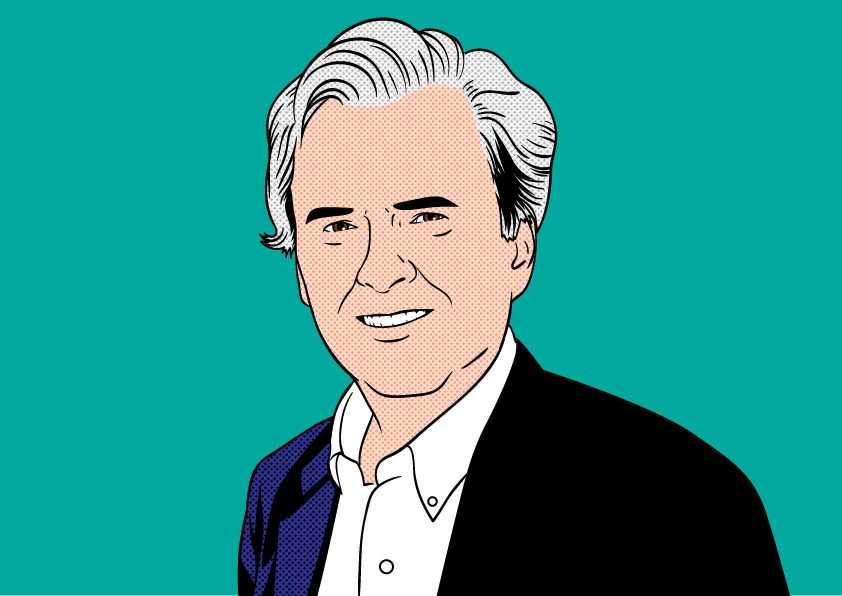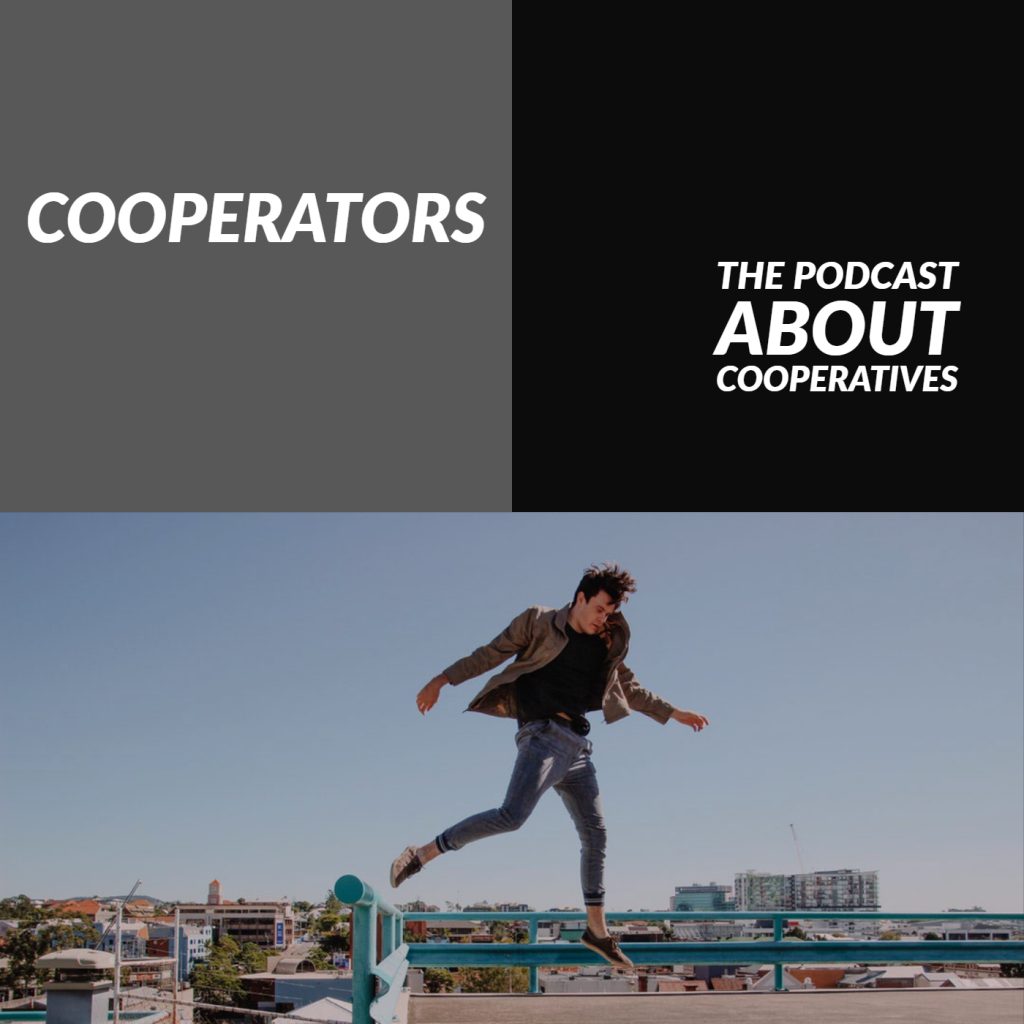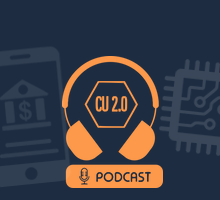The Irish Border and You and Me: The Wall Report

By Robert McGarvey
I remember sitting in my rental car, typically for an hour, maybe longer, just waiting to get through the Newry border crossing that separated Northern Ireland from Ireland. It was always tense. That’s because, occasionally, bombs detonated and I did not want to be there when it happened.
Checks at the border, at least as regarded me, were always perfunctory.
It was the wait that got to me.
The drive time from Dublin to Belfast – my usual route in those days – is about two hours.
Plus the wait at the border.
Wasted time. Pointless anxiety.
I cheered when the border checkpoints came down 20 years ago.
I’m not cheering anymore.
That’s because, as part of the Brexit deal or no deal, the specter rises of the 310 mile border again sprouting check points and, yes, fences, maybe even walls. At one point there were 208 crossings and, over the years, I probably crossed at 20 of them and they all were nerve wracking and a time waster.
A hard border is very possible and even if you have no plans to go to Ireland and cross into the six counties, or vice versa, this just may impact you.
Pretty much everybody knows putting in a hard border in Ireland is nuts – but the EU and the UK are playing a game of chicken and it’s hard to say who’ll blink.
So a dumb border may in fact go up.
Exactly as steeper walls between the US and Mexico may.
Suddenly there appears to be a lot of interest in wall building.
Who knows where wall mania will erupt next?
As a business traveler, I just hate that. I remember – it wasn’t that long ago – when we had essentially no border controls with Canada. Maybe some people were stopped but I know I wasn’t. I did not even show a passport on the first trips to Canada and I know that because I did not have a passport in those years.
Ditto Mexico. I vividly remember walking into Juarez from El Paso and an hour later, walking back across the border. No stops. I didn’t have a passport but it didn’t matter because nobody asked.
Europe of course used to have thousands of border checkpoints but the 1985 Shengen agreement wiped out most of them. You can cross from Austria into Germany, or Sweden into Denmark without a pause. And of course right now you can do similar crossing from Ireland into Northern Ireland.
Personally I have an Irish passport which wins me free passage into the Shengen countries – just about all of Europe – but now probably not into the UK.
Politicians – in Dublin and Downing Street – are gnashing their teeth. Many support what’s called the Irish backstop which says that if the UK and EU can’t come to a better agreement, the UK will remain in the EU customs union and, therefore, no hard Irish border is needed.
Isn’t that nuts? At least in the eyes of the people who voted for Brexit?
Pretty much.
Invoking the backstop voids a lot of the insularity Brexit supporters had wanted.
But the backstop may be the best deal on offer for the UK. Many warn that were a hard border restored in Ireland there would be a revival of so-called sectarian violence. That’s difficult to predict and the generation of hard men, on all sides, that fueled “the Troubles” has aged out. So who would pick up arms (and where would they get them)?
The violence in my mind is uncertain. The economic calamities that would afflict both Northern Ireland the Republic are certain however.
A hard Brexit would be a catastrophe for the Irish, north and south.
It would also wipe out the nascent Northern Irish tourist business which has edged up in the 20 years of peace and for good reason. The Giant’s Causeway alone is worth the drive but, personally, I love the Antrim coast, walks in central Belfast, and a lot more. Northern Ireland has been one of my favorite places to go over the past 30 years.
But put up a hard border and, guess what, it all goes poof.
Walls are bad – bad for travel, bad for tourism, bad for economies.
I continue to think the UK will blink and will make a deal, however bad for it, that avoids a hard Irish border. The consequences of that border are too stark.
Yet I initially thought the English could not be so dumb as to think Brexit a solution to anything.
I just hope I’m not wrong again.
And I hope the rest of the world’s leaders get the message: Walls are bad.
Bonus: Here is an album of grand Northern Ireland photos by Toby Binder.

